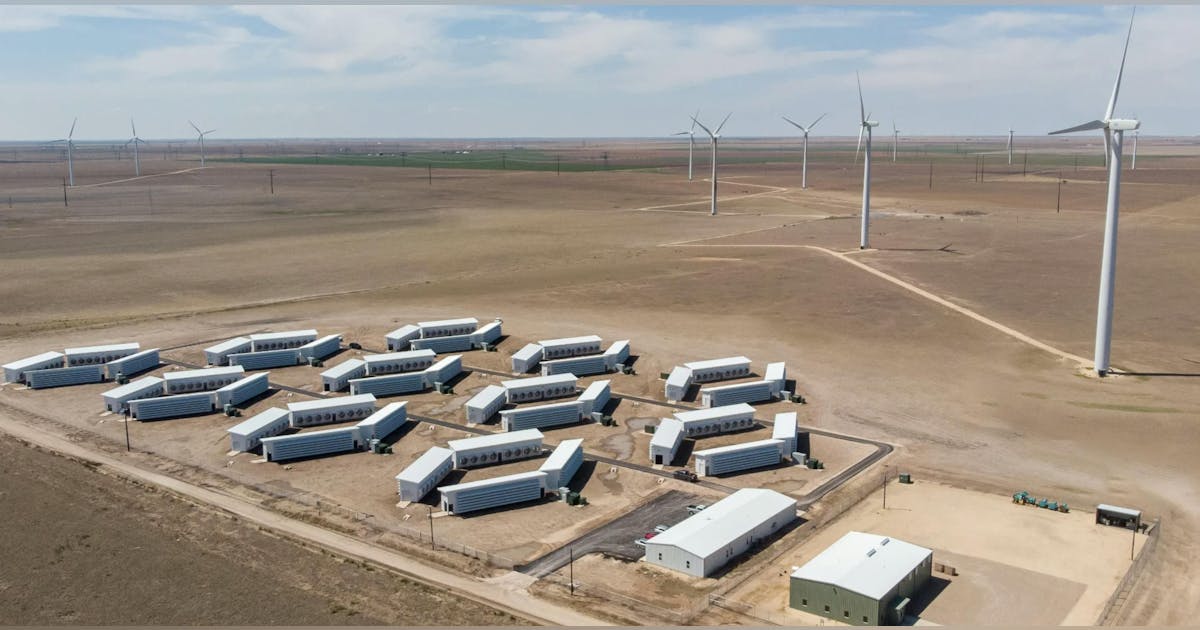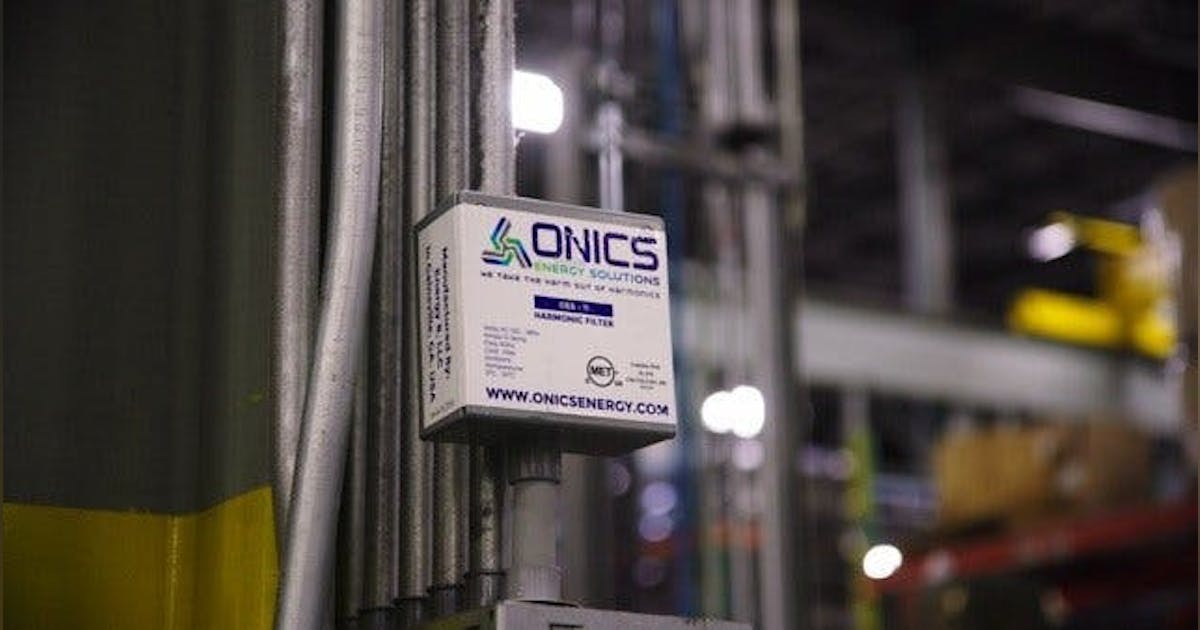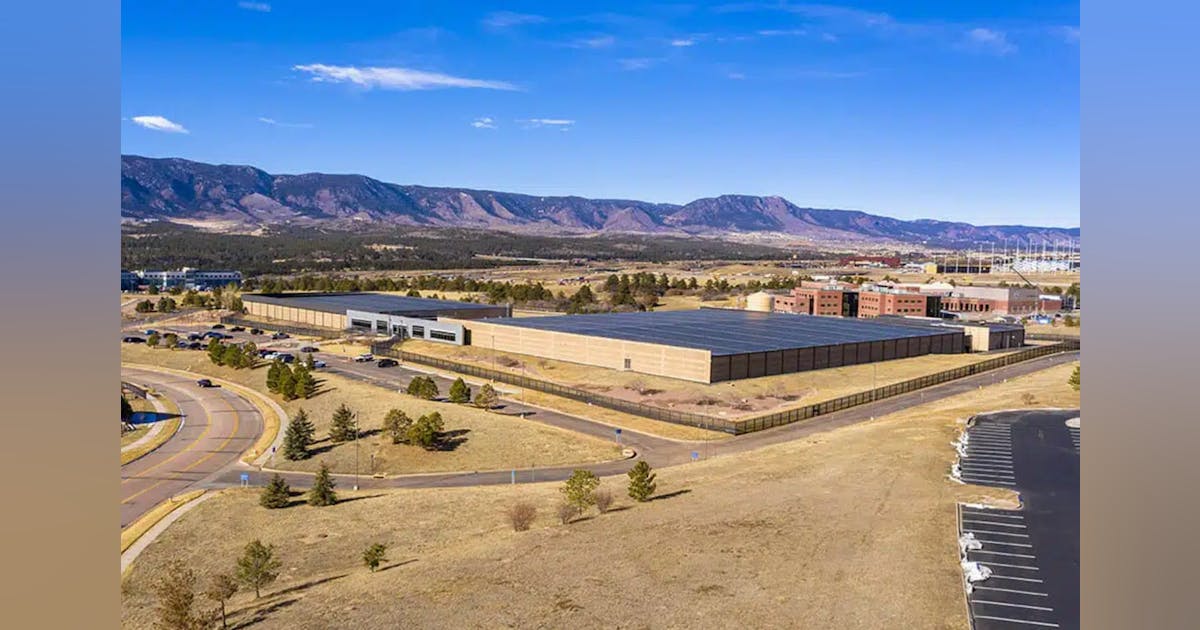In this week’s Charging Forward, investment firm AXA IM has acquired a 50% stake in a major Scottish battery energy storage system (BESS), while Zenobe has secured planning consent for its Carlisle Road development.
Meanwhile Glen Earrach Energy has submitted a planning application for its 2GW pumped storage hydro scheme in the Highlands, and more.
In international energy storage news, researchers at Pennsylvania State University have developed a novel compressed air energy storage system which utilises geothermal heat from abandoned oil and gas wells.
This week’s UK energy storage headlines:
- AXA IM Alts acquires 50% stake in Coalburn BESS
- Scottish government approves Zenobe’s Carlisle Road BESS
- Glen Earrach Energy submits 2 GW pumped storage hydro application
- Apatura secures consent for two Scottish BESS projects
- Spanish firm Matrix Renewables takes over two Scottish BESS projects
- Highland councillors oppose Caithness BESS project
- Centrica secures licence extension for Rough storage field
- Statera Energy secures approval for Kintore Hydrogen
- Statkraft to optimise Eku Energy’s Loudwater BESS
- RheEnergise nears completion on high density hydro demonstrator
- International news: Researchers investigate using abandoned oil wells for energy storage
AXA IM acquires half of Coalburn BESS
Investment firm AXA IM Alts has acquired a 50% stake in the 500 MW Coalburn 1 battery energy storage system (BESS) in Scotland.
Denmark’s Copenhagen Infrastructure Partners (CIP) is developing project, located just south of Glasgow, alongside Susgen subsidiary Alcemi.
The Coalburn 1 site will become the largest BESS of its kind in Europe when it comes online in early 2026.
The deal marks AXA IM’s debut investment in the UK energy storage sector.
 © Supplied by CIP
© Supplied by CIPCoalburn 1 is one of three BESS projects CIP is developing in Scotland alongside Coalburn 2 and the Devilla BESS in Fife.
CIP and Alcemi confirmed the £800 million investment in January.
The three battery projects are set to deliver 1.5 GW/3 GWh of storage capacity, enough to power 4.5 million average households for up to two hours.
AXA IM Alts head of infrastructure Mark Gilligan said the investment in Coalburn 1 marks a “significant milestone” for the firm.
“Battery storage infrastructure is critical to achieving national energy security and unlocking the full potential of renewable energy,” Gilligan said.
Zenobe’s 200 MW Carlisle Road BESS approved
UK battery storage developer Zenobe has secured Scottish government approval for its 200 MW/400 MWh Carlisle Road BESS in South Lanarkshire.
According to planning documents, the site is strategically located in close proximity to the Coalburn substation an important part of the British transmission grid.
The BESS will connect to the Coalburn substation via underground cables, and will consist of approximately 150 battery storage units.
Approval for the Carlisle Road BESS comes after Zenobe started commercial operations for the first phase of its 300 MW/600 MWh BESS project in Blackhillock in March.
Zenobe said the project, currently Europe’s largest operational BESS, will significantly reduce the amount of curtailed clean energy from the wind projects.
Glen Earrach pumped hydro plans submitted
Glen Earrach Energy (GEE) has submitted a planning application to the Scottish government for a £3 billion pumped storage hydro project.
Located at Balmacaan Estate in the Highlands, the 2 GW Glen Earrach project will account for nearly three-quarters of the total PSH capacity planned for Loch Ness.
The site will be one of the largest energy storage schemes in the UK once completed in 2030, providing storage capacity for up to 17 hours.
It will also support around 1,000 jobs during the peak of construction, as well as an annual £20m community benefit fund over its 125-year lifespan.
GEE director Roderick Macleod said Glen Earrach will deliver the “most substantial community benefit fund ever in Scotland”.
“The Highlands deserves the best project, and we remain on track to deliver it, with the first power being produced in 2030,” Macleod said.
Apatura approved for two Scottish BESS projects
Renewable energy storage developer Apatura has secured planning consent for two BESS projects in Scotland.
The projects include the firm’s 40 MW/80 MWh Glasgow Road BESS and the 50 MW/100 MWh BESS in East Kilbride.
The Glasgow Road BESS is located in the East Renfrewshire village of Eaglesham.
Apatura said consent for the two sites marks nine BESS project approval for the company in the past 16 months.
The approval brings Apatura’s total consented BESS portfolio to 1.5 GW.
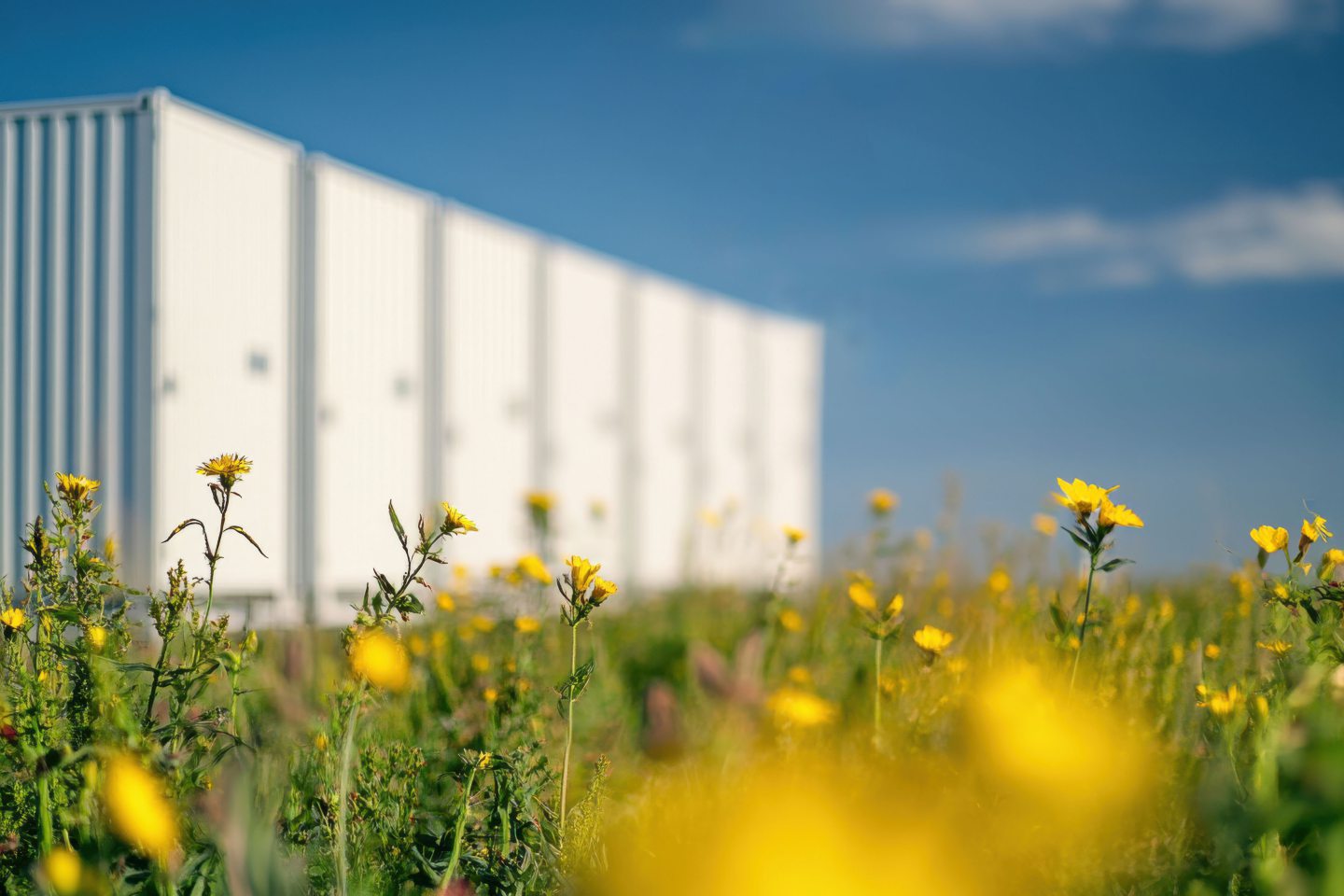 © Supplied by Apatura/Adobe Stock
© Supplied by Apatura/Adobe StockApatura chief development officer Andrew Philpott said the company received no objections from East Renfrewshire Council, reflecting “strong local and national support for sustainable infrastructure”.
“Scotland is leading the way in building the resilient systems needed for a net zero future,” he said.
“Projects like Glasgow Road are key to enabling the ambitions outlined by NESO in their 2030 Clean Power Pathway.
“Scottish communities are right at the heart of this transition.”
Alongside its Glasgow Road and East Kilbride BESS projects, Apatura also recently secured planning consent for its 150 MW Neilston BESS near Paisley
Matrix Renewables takes over Kilmarnock and Eccles BESS
Spanish firm Matrix Renewables has entered the UK market through a partnership on two major BESS projects in Scotland.
Matrix said it will partner with Green BESS Developments (UK) Limited, a subsidiary of Czech firm Creditas Group, on the Kilmarnock and Eccles II BESS projects.
The Scottish government gave consent to the 500 MW Eccles project in December last year, while the 500 Kilmarnock BESS secured approval on 7 April.
Located at “strategic sites” on along major electricity transmission corridors, Matrix said the two BESS developments will deliver a combined 1 GW/2 GWh storage capacity.
Both the Eccles and Kilmarnock projects are scheduled to connect to the grid in 2027, and Matrix said it is finalising the technical configuration, offtake strategy and financing structure.
Matrix said it plans to invest over £1bn to develop over 2 GW of additional generation and storage capacity in the UK over the next three years.
Matrix Renewables managing director for Europe and Latin America Sergio Arbeláez said the firm’s entry into the UK aligns with its investment strategy and “diversifies our technology mix”.
“The UK is the most advanced market in Europe for standalone battery storage, and these projects anchor our in-country operations and development capabilities with a meaningful presence in the flexible generation space,” he said.
“Backed by our experienced UK team, we are committed to playing a long-term role in supporting and investing behind the UK’s transition to a low-carbon energy system.”
The Madrid-headquartered Matrix is backed by American global alternative asset manager TPG.
Highland councillors oppose Caithness BESS
Members of Highland Council have raised objections to plans from Simec Atlantis Energy (SAE) to build a BESS near Castle Mey in Caithness.
The 300 MW/1200 MWh Mey BESS is set to have the largest battery storage capacity in the Highlands and would be one of the highest capacity sites in the whole of Scotland.
The project is connected to SAE’s MeyGen tidal energy project in the Pentland Firth, which secured UK government support in the sixth renewable energy auction.
Local objectors to the proposal have raised concerns over the environmental and tourism impact as well as the lack of local benefit, according to the P&J.
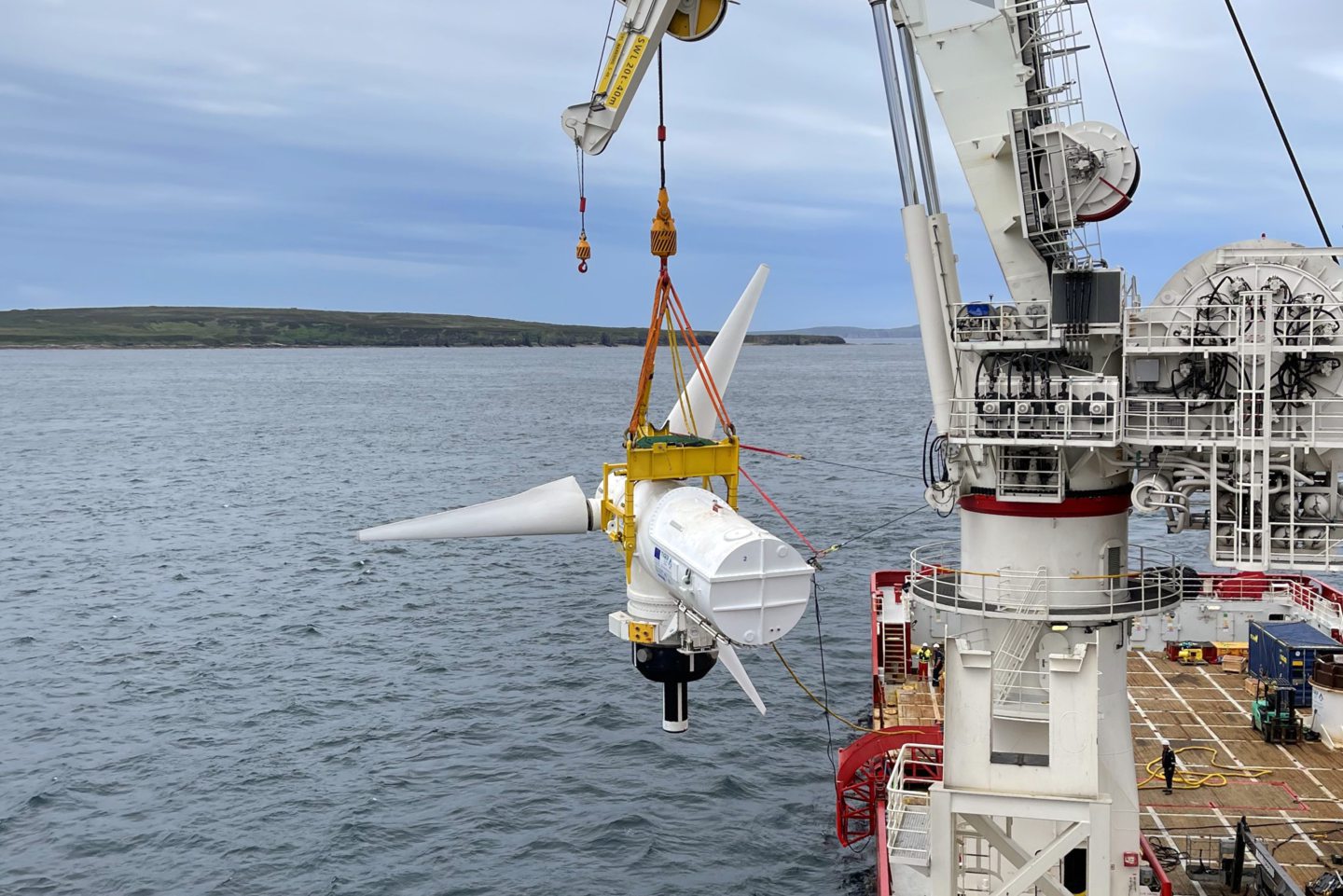 © Supplied by SAE Renewables
© Supplied by SAE RenewablesAndy Hayton, a Mey resident, said the proposal is an “industrial eyesore” that would “brutalise the tranquil and historic landscape” of the area.
Meanwhile, Councillor Matthew Reiss raised concerns about the closeness of the site to the North Coast 500, John O’Groats and the Castle of Mey which he described as “right on the doorstep” of the proposed site.
SAE have said the site would hold approximately 352 battery units in a site totalling 10.65 hectares.
The Scottish government’s Energy Consents Unit will now determine the planning application.
Centrica secures licence extension for Rough
Centrica has secured a licence extension for its Rough gas storage facility in the North Sea.
The North Sea Transition Authority (NSTA) regulator announced it will extend Centrica’s consent to operate Rough until 30 April 2026.
The NSTA said this will enable Rough to “continue to support the UK’s energy security”.
Centrica reopened the Rough facility in 2022 at the height of the European gas crisis, before moving to double its storage capacity in 2023.
 © Supplied by Centrica
© Supplied by CentricaAmidst warnings about the future stability of UK gas supply, Centrica is exploring the potential for converting Rough for hydrogen storage.
The licence extension comes after Centrica kicked off a political storm earlier this year when it warned the UK gas supplies had fallen to “concerningly low levels”.
Statera Energy’s Kintore Hydrogen approved
Plans to create one of Europe’s largest hydrogen plants near Kintore have taken a step forward – despite calls for it to be thrown out.
Statera Energy wants to build the massive 3GW Kintore Hydrogen project near Leylodge.
Once constructed, it would be the largest site of its kind in the UK.
It has been earmarked for land near the Kintore substation and a recently approved battery energy storage system.
Aberdeenshire Council officials gave its approval for the plans, which still need to be signed off by the Scottish government.
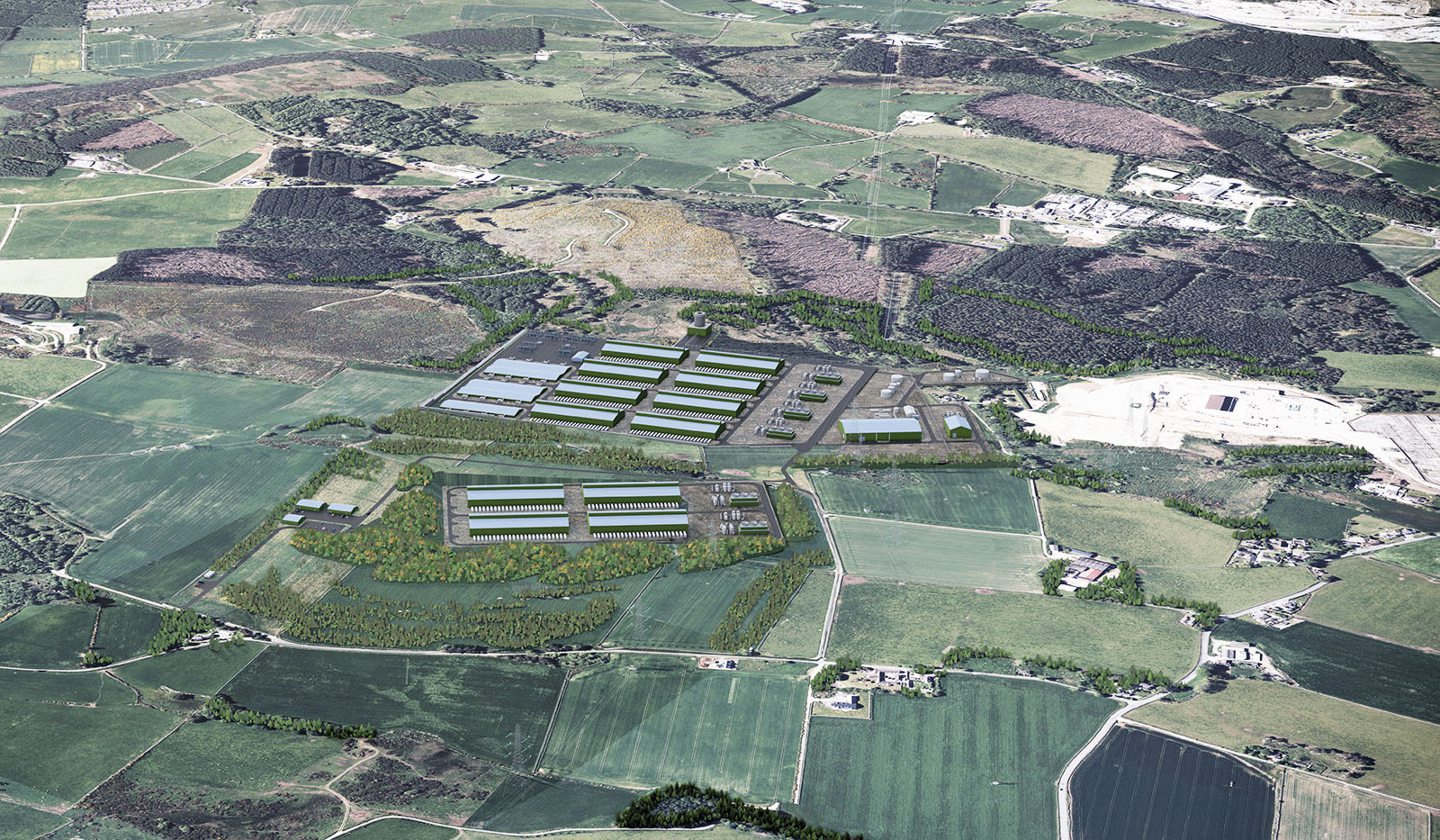 © Supplied by Kintore Hydrogen
© Supplied by Kintore HydrogenUnder Statera Energy’s plans, green hydrogen produced at Kintore will be blended into the UK gas network using existing pipelines.
Statera Energy hydrogen project director Don Harrold previously told Energy Voice the Kintore site is “probably one of the best sites for green hydrogen in Western Europe”.
The company estimates the development could provide a peak of around 3,500 jobs both across the site and off site in the UK supply chain during the construction phase and up to 200 operational jobs.
Targeting two phases of development, the first 500MW phase is expected to be up and running by the end of 2028 if all goes according to plan.
A key element of the project is Statera’s ambition to make use of curtailed power from excess renewable energy generation, particularly onshore and offshore wind.
Statkraft to optimise Eku’s Loudwater BESS
Norwegian firm Statkraft has signed an agreement with Eku Energy to optimise its 40 MW Loudwater BESS.
Under the deal, Statkraft will provide optimisation and trading services to maximise the value of the Loudwater site, which is Eku’s second UK BESS project.
This agreement brings Statkraft’s contracted capacity in its third-party distributed flexible generation and battery storage optimisation portfolio to approximately 2.7GW in Great Britain.
Eku Energy broke ground on the Loudwater BESS, near High Wycombe in Buckinghamshire, in February 2024.
Last week, the company announced it had acquired a portfolio of seven UK BESS projects from Bluestone Energy.
RheEnergise high density hydro demonstrator
UK energy storage developer RheEnergise is nearing completion on its high density (HD) hydro demonstrator project in Devon.
The HD hydro technology RheEnergise is developing akin to a compact pumped storage hydro (PSH) scheme, converting excess renewable electricity into stored energy.
However, instead of water the company uses a proprietary high density fluid it calls HD Fluid R-19, which is 2.5 times more dense than water.
Because of this, RheEnergise claims its projects can operate on low hills rather than the high mountains used for traditional PSH schemes.
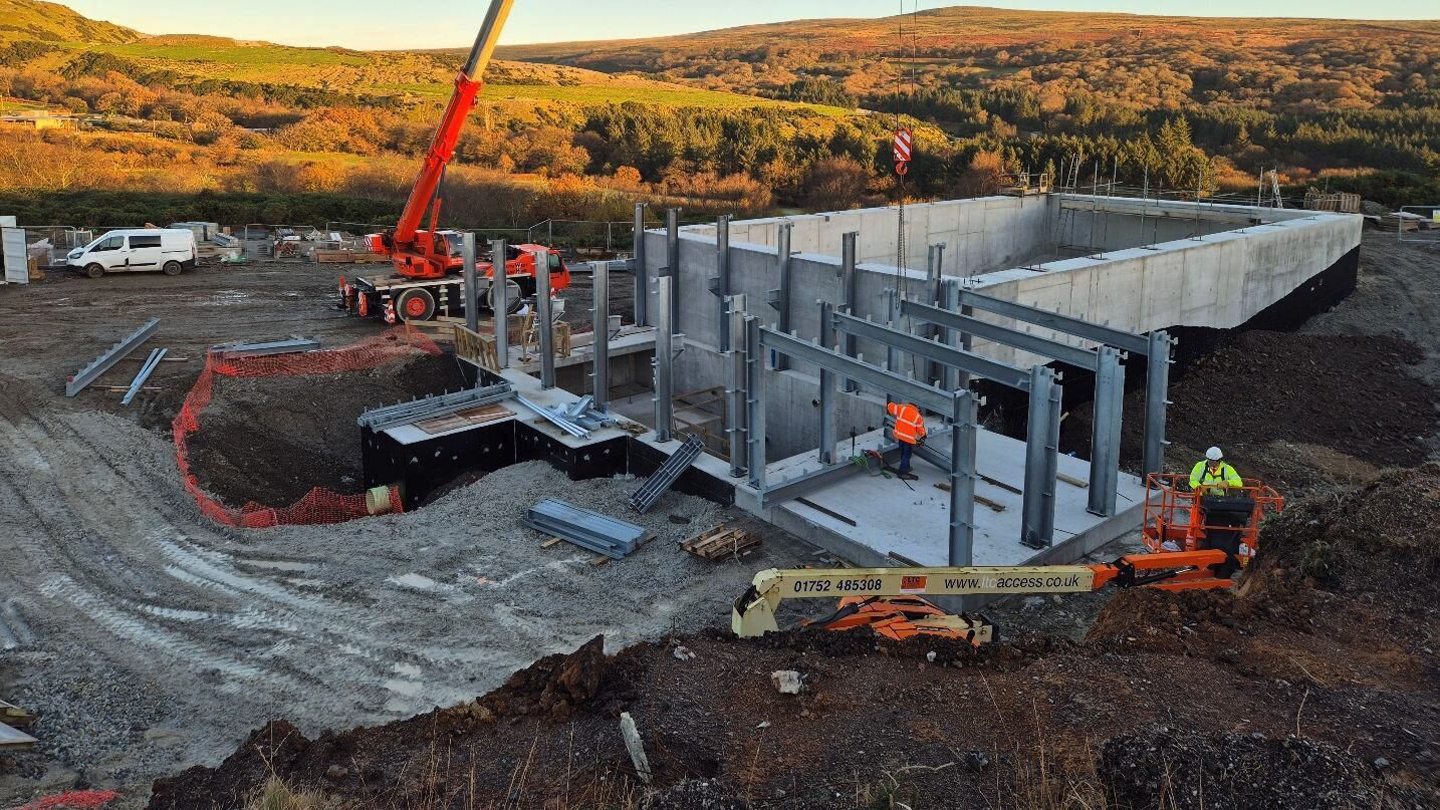 © Supplied by LinkedIn/Tam?s Bert?
© Supplied by LinkedIn/Tam?s Bert?The projects can also be 2.5 times smaller to deliver the same power as PSH schemes, RheEnergise said.
The company plans to develop projects between 10 MW and 100 MW in size, allowing them to connect with existing grid infrastructure and co-locate with other renewable energy projects.
RheEnergise said it has completed the mechanical stage of its demonstrator project, including fitting the 500 kW turbine.
The firm received £8.2m from the UK government for the demonstrator project, and it expects to commission the site later this summer/
Elsewhere, RheEnergise signed an agreement with Anglesey Mining in February this year to investigate the potential to develop a hydro-energy storage project at the Parys Mountain underground mine.
Researchers investigate using abandoned oil wells for energy storage
Researchers at Pennsylvania State University have developed an energy storage system which combines abandoned oil wells with compressed air energy storage (CAES).
In a study, the researchers proposed a novel geothermal-assisted CAES (GA-CAES) that integrates abandoned oil and gas wells and deep geothermal heat into a single system.
Developers including the UK’s Crondall Energy, Dutch firm Corre Energy and Canada’s Hydrostor are advancing CAES projects globally as interest in the technology grows.
 © Supplied by DCT House
© Supplied by DCT HouseHowever, the researchers said the “large initial investment required” for CAES projects can “significantly impede” the development of the technology.
They found using old oil and gas wells could increase round-trip efficiency for CAES by around 9.5% by exploiting geothermal energy from the surrounding reservoir.
The GA-CAES system could also significantly decrease initial investment costs by leveraging existing infrastructure, improving economic viability.
It comes as UK firm Highview Power, which is developing a similar liquid air energy storage (LAES) technology, plans to invest £300m in its first commercial-scale plant in the UK.













